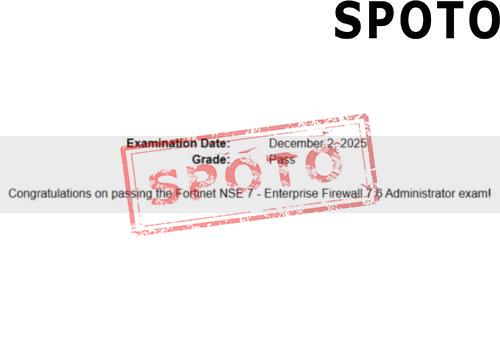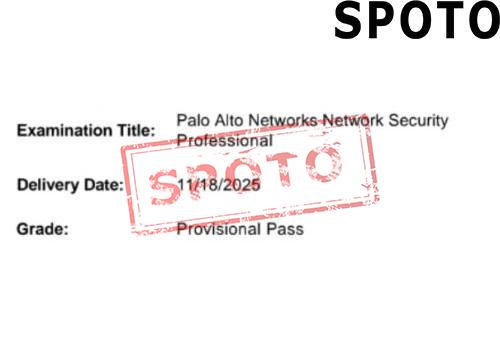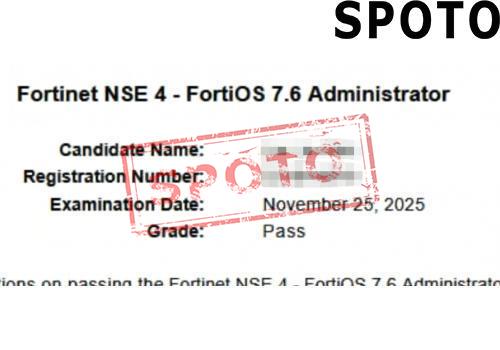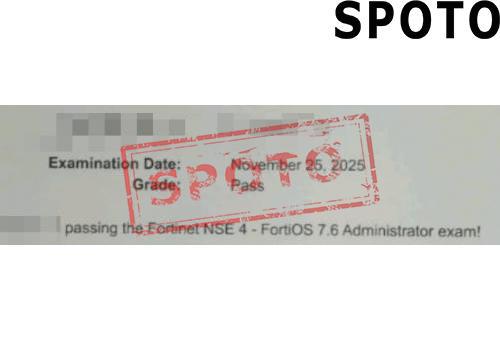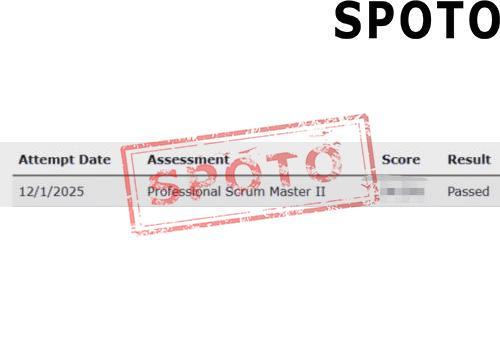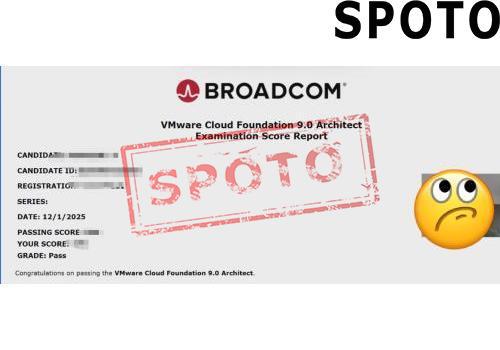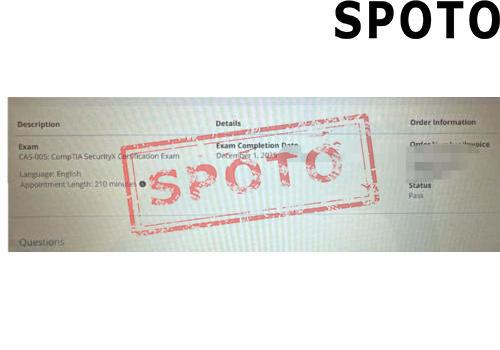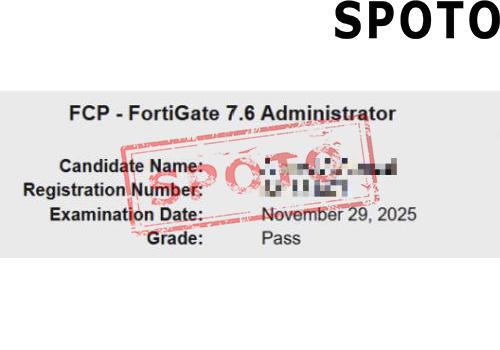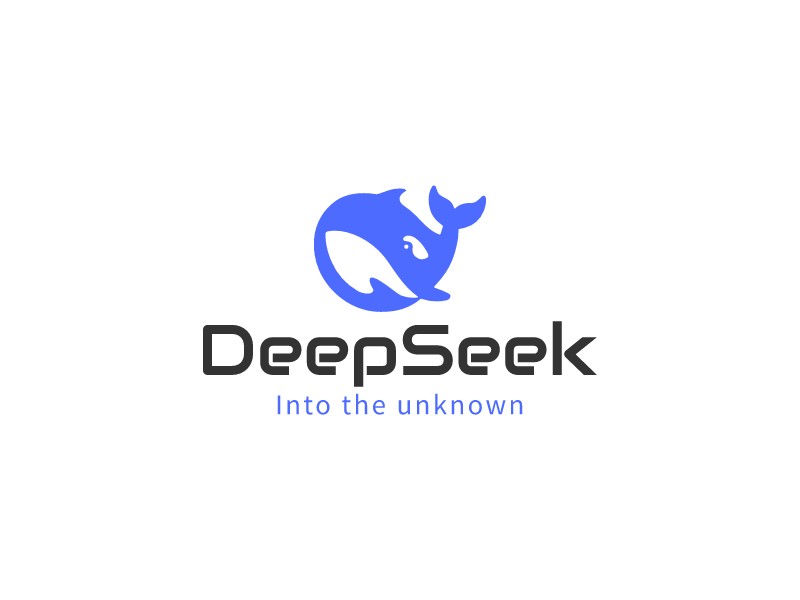
Table of Contents
- 1. What is DeepSeek-V3?
- 2. MoE Architecture: How Does DeepSeek-V3 Optimize Inference?
- 3. DeepSeek-V3 Training Optimization: FP8 + Parallel Computing
- 4. How Does DeepSeek-V3 Perform in Inference?
- 5. How to Deploy DeepSeek-V3? (For Enterprises/Developers)
- FP8 Training (Floating Point 8-bit Training) Explained
- 1. Why FP8 Training?
- 2. FP8 Format vs. Traditional Floating-Point Formats
- 3. Application of FP8 in DeepSeek-V3 Training
- 4. Challenges and Optimizations in FP8 Training
- 5. Future Prospects for FP8 Training
- What is DualPipe Parallelism?
- 1. Why DualPipe Parallelism?
- 2. How DualPipe Parallelism Works
- 3. Advantages of DualPipe Parallelism
- 4. DualPipe Parallelism vs. Other Parallel Methods
- 5. Application of DualPipe Parallelism in DeepSeek-V3 Training
In the fiercely competitive era of large language models (LLMs), the DeepSeek-AI team has released DeepSeek-V3, a 6.7T parameter Mixture-of-Experts (MoE) language model with 370B activated parameters that outperforms all open-source models in multiple benchmark tests.
This article will delve into the architectural innovations, training optimizations, and inference efficiency improvements of DeepSeek-V3 and explore how it challenges GPT-4o and Claude 3.5 in MMLU, math, and coding tasks.
DeepSeek-V3 Technical Report PDF Downlod
1. What is DeepSeek-V3?
DeepSeek-V3 is the latest large-scale MoE language model developed by DeepSeek-AI, featuring:
-
671 billion total parameters, with 370 billion parameters activated per token, significantly reducing computational load;
-
Multi-Token Prediction (MTP) to enhance training efficiency and stabilize inference;
-
Aux-Free Load Balancing, addressing the issue of wasted computational resources in MoE;
-
FP8 training combined with DualPipe parallelism, reducing memory usage and improving training efficiency;
-
High-efficiency inference architecture supporting 128K long contexts, suitable for large-scale application scenarios.
DeepSeek-V3 vs. GPT-4o Comparison: In multiple open-source LLM evaluations, DeepSeek-V3 surpasses LLaMA 3, Qwen2.5, and even approaches GPT-4o, particularly excelling in math and coding tasks.
2. MoE Architecture: How Does DeepSeek-V3 Optimize Inference?
2.1 DeepSeekMoE Load Balancing
DeepSeek-V3 employs an innovative auxiliary-free load balancing strategy:
-
Intelligent dynamic adjustment of expert weights to reduce MoE computational bottlenecks;
-
Avoids traditional MoE load imbalance issues, making computation more efficient;
-
Combined with FP8 training, reducing memory usage and optimizing inference speed.
2.2 Multi-Token Prediction (MTP)
Unlike traditional Transformers that predict only the next token, DeepSeek-V3 predicts multiple tokens at once, resulting in:
-
Denser training signals, leading to faster model convergence;
-
Enhanced text generation fluency, especially suitable for coding and math tasks;
-
Speculative Decoding, doubling inference speed.
3. DeepSeek-V3 Training Optimization: FP8 + Parallel Computing
DeepSeek-V3's training leverages 2048 H800 GPUs, optimizing efficiency through FP8 training and DualPipe parallelism:
-
FP8 Training: Reduces computational costs and cuts memory requirements by 50%;
-
DualPipe Parallelism: Overlaps computation and communication, improving GPU utilization;
-
InfiniBand high-speed communication, accelerating cross-node parameter synchronization and enhancing large-scale training performance.
Summary: DeepSeek-V3 addresses the two core challenges of large model training and inference—high memory usage and low computational efficiency—through FP8 + efficient MoE.
4. How Does DeepSeek-V3 Perform in Inference?
DeepSeek-V3 excels in multiple benchmark tests, outperforming all existing open-source models:
| Benchmark | DeepSeek-V3 | DeepSeek-V2.5 | Qwen2.5-72B | Llama-3.1-405B | GPT-4o | Claude-3.5 |
|---|---|---|---|---|---|---|
| MMLU-Pro | 75.9 | 66.2 | 71.6 | 73.3 | 78.0 | 78.3 |
| GPQA-D | 59.1 | 41.3 | 49.0 | 51.1 | 65.0 | 16.0 |
| MATH-500 | 90.2 | 74.7 | 80.0 | 73.8 | 78.3 | 50.8 |
| Codeforces | 51.6 | 35.6 | 24.8 | 25.3 | 23.6 | 38.8 |
-
Mathematical Reasoning: Surpasses LLaMA-3 and Qwen, approaching GPT-4o.
-
Code Generation: Outperforms Claude-3.5 and GPT-4o.
5. How to Deploy DeepSeek-V3? (For Enterprises/Developers)
5.1 Deployment Architecture
DeepSeek-V3 supports a high-efficiency inference architecture, recommended for deployment with Ray Serve + vLLM:
-
vLLM: For efficient inference, accelerating token parallel computation;
-
Ray Serve: Supports distributed deployment, achieving load balancing across multiple GPUs;
-
FP8 Inference Optimization: Reduces memory usage, increasing throughput;
-
128K Context: Suitable for long-text generation.
5.2 Production Environment Optimization
-
GPU Requirements: Minimum 8 x A100/H800 GPUs, or use FP8 version on RTX 4090/3090;
-
Distributed Deployment: Combine with Kubernetes + Ray Serve for cross-node scalability;
-
Model Invocation: Supports OpenAI API-compatible format, facilitating integration into business systems.
If you're passionate about the AI field and preparing for AWS or Microsoft certification exams, SPOTO have comprehensive and practical study materials ready for you. Whether you're preparing for AWS's Machine Learning certification (MLA-C01), AI Practitioner certification (AIF-C01), or Microsoft's AI-related exams (AI-900, AI-102), the certification materials I offer will help you study efficiently and increase your chances of passing.
Click the links below to get the latest exam dumps and detailed study guides to help you pass the exams and reach new heights in the AI industry:
- AWS MLA-C01 study materials (click this)
- AWS AIF-C01 study materials (click this)
- AWS MLS-C01 study materials (click this)
- Microsoft AI-900 study materials (click this)
- Microsoft AI-102 study materials (click this)
By achieving these certifications, you'll not only enhance your skills but also stand out in the workplace and open up more opportunities. Act now and master the future of AI!
FP8 Training (Floating Point 8-bit Training) Explained
FP8 (Floating Point 8-bit) is an 8-bit floating-point format used to reduce computational costs and memory usage in large model training while maintaining numerical precision comparable to FP16/BF16. Compared to traditional FP32 (32-bit floating point) and FP16 (16-bit floating point), FP8 further compresses data storage and computational demands, making large model training and inference more efficient.
1. Why FP8 Training?
As large language models (LLMs) grow in parameter size (e.g., DeepSeek-V3 with 6.7T parameters), training and inference face the following challenges:
-
Huge Memory Usage: FP32 requires 4 bytes to store a floating-point number, FP16 requires 2 bytes, while FP8 needs only 1 byte, significantly reducing GPU memory requirements, increasing batch size, and minimizing computational overflow.
-
Computational Performance Limitations: Matrix operations (e.g.,
MatMulandGEMM) dominate computational resources in large model training. FP8 allows computational units to process more data in parallel, increasing throughput. -
Energy Optimization: Large model training consumes substantial power. FP8 reduces data transfer and computational demands, lowering overall power consumption and improving GPU efficiency.
2. FP8 Format vs. Traditional Floating-Point Formats
FP8 is not a single format but has two main variants:
-
E4M3 (Exponent 4-bit, Mantissa 3-bit)
-
Suitable for activations (Activation)
-
4-bit exponent, 3-bit mantissa, 1-bit sign
-
Smaller representation range but retains more dynamic changes
-
E5M2 (Exponent 5-bit, Mantissa 2-bit)
-
Suitable for weights (Weights)
-
5-bit exponent, 2-bit mantissa, 1-bit sign
-
Larger representation range but slightly lower precision
Comparison Example:
| Format | Exponent Bits | Mantissa Bits | Representation Range | Applicable Scenario |
|---|---|---|---|---|
| FP32 | 8 | 23 | ±10³⁸ | High-precision deep learning |
| FP16 | 5 | 10 | ±65,504 | Conventional deep learning training/inference |
| BF16 | 8 | 7 | ±3.9 × 10³⁸ | More stable computation, lower precision than FP16 |
| FP8 (E4M3) | 4 | 3 | ±448 | Suitable for activations |
| FP8 (E5M2) | 5 | 2 | ±57344 | Suitable for weights |
3. Application of FP8 in DeepSeek-V3 Training
DeepSeek-V3 employs FP8 mixed-precision training to optimize model training efficiency, including:
-
FP8 training for weights and activations, reducing memory usage by over 50%;
-
FP8 computation for matrix multiplication (GEMM), enhancing computational throughput;
-
Mixed FP8+BF16 training, where:
-
Weights use E5M2
-
Activations use E4M3
-
Critical gradient calculations remain in BF16 for stability.
-
4. Challenges and Optimizations in FP8 Training
While FP8 training offers significant storage and computational optimizations, it also presents challenges:
-
Numerical Precision Loss: With only 7-8 total storage bits (even fewer than FP16), FP8 may cause gradient overflow, affecting model convergence.
-
Solution: DeepSeek-V3 uses dynamic scaling to normalize FP8 values dynamically, ensuring stable precision.
-
-
Computational Unit Support: Traditional GPUs (e.g., RTX 30 series) do not support FP8, requiring specialized hardware optimization.
-
Solution: FP8 training requires GPUs supporting NVIDIA Hopper or Ada Lovelace architectures, such as H100, A100, H800.
-
5. Future Prospects for FP8 Training
FP8 training has become a trend in large model optimization and is likely to be widely used in:
-
Ultra-large LLMs (e.g., DeepSeek-V3, Gemini, GPT-5)
-
Efficient model distillation (reducing training costs)
-
Low-power AI computing (improving energy efficiency)
-
High-concurrency AI tasks (reducing inference latency)
What is DualPipe Parallelism?
DualPipe Parallelism is a computation-communication overlap optimization strategy designed to enhance the efficiency of large-scale distributed training, particularly for MoE (Mixture of Experts) models and ultra-large LLMs (such as DeepSeek-V3). Its core idea is to overlap computation and communication, reducing the idle time of GPUs waiting for data transfer.
In traditional distributed training, especially in MoE structures:
-
Each GPU needs to share experts with multiple nodes, compute results, and then exchange data via All-to-All communication.
-
Since computation and communication are executed serially (communication starts only after computation is complete), communication delay becomes a bottleneck, affecting training efficiency.
DualPipe Parallelism uses dual pipeline technology to overlap computation and communication, significantly reducing the idle time of GPU resources and improving GPU utilization.
1. Why DualPipe Parallelism?
In DeepSeek-V3 training:
-
MoE Structure: Dynamic task allocation across nodes is required, with each GPU potentially handling multiple experts' computations.
-
Traditional All-to-All Communication: Easily leads to communication congestion, especially in training clusters with 1000+ GPUs, where communication time can exceed computation time.
-
DualPipe Parallelism: By overlapping computation and communication, training tasks do not need to wait for communication completion to start the next computation, effectively improving GPU computational efficiency.
2. How DualPipe Parallelism Works
DualPipe Parallelism enhances efficiency through three key optimization steps:
2.1 Computation-Communication Pipeline Overlap
-
While computing the current batch of data, simultaneously communicate the previous batch's data.
-
This way, computational tasks do not idle while waiting for data synchronization, and GPU computational resources are fully utilized.
📌 Illustration (Traditional vs. DualPipe):
Traditional Approach (Serial Computation and Communication)
Compute Batch1 → Transmit Batch1 → Compute Batch2 → Transmit Batch2 → ...
DualPipe Approach (Parallel Computation and Communication)
Compute Batch1 → Compute Batch2
Transmit Batch1 → Transmit Batch2
DualPipe allows simultaneous computation and communication, avoiding GPU idling.
2.2 Dynamic Expert Routing
-
In MoE structures, some experts may be "hotter" than others (i.e., used by more tokens), leading to uneven GPU computational load.
-
DualPipe employs a dynamic expert routing mechanism to pre-schedule the optimal expert combination during the computation phase, reducing communication pressure.
2.3 Parallel Gradient Synchronization
-
During training, gradients need to be synchronized across different GPUs.
-
Traditional Method: Synchronize all gradients after computing them (serial).
-
DualPipe: Synchronize the previous batch's gradients while computing the next batch's gradients, reducing gradient synchronization wait time.
3. Advantages of DualPipe Parallelism
✅ Reduced Communication Wait
-
Computation and communication overlap, reducing 80%+ communication wait time, enhancing GPU computational efficiency.
✅ Improved GPU Resource Utilization
-
During training, GPUs no longer idle while waiting for data transfer, increasing overall throughput by 20%-30%.
✅ Optimized MoE Computation
-
Specifically designed for Mixture of Experts (MoE), ensuring more balanced expert allocation and reducing the load on hot GPUs.
✅ Reduced Communication Bottlenecks in Distributed Training
-
In training clusters with 2048+ GPUs, reduces 30%+ communication overhead, effectively boosting large-scale LLM training efficiency.
4. DualPipe Parallelism vs. Other Parallel Methods
| Parallel Method | Computation-Communication Overlap | Suitable for MoE | Suitable for Large-Scale Training | Communication Optimization |
|---|---|---|---|---|
| Data Parallelism (DP) | ❌ No | ✅ Yes | ✅ Yes | ❌ Requires gradient synchronization |
| Tensor Parallelism (TP) | ❌ No | ✅ Yes | ✅ Yes | ❌ Requires extensive communication |
| Expert Parallelism (EP) | ❌ No | ✅ Yes | ✅ Yes | ❌ Requires expert load balancing |
| DualPipe Parallelism | ✅ Yes | ✅ Yes | ✅ Yes | ✅ Efficient All-to-All communication |
📌 Summary:
-
Data Parallelism (DP) and Tensor Parallelism (TP) are suitable for conventional Transformer structures but suffer from high communication overhead in MoE structures, limiting training efficiency.
-
DualPipe Parallelism is a specialized computational optimization for MoE and ultra-large LLMs, maximizing computation-communication overlap and overall training efficiency.
5. Application of DualPipe Parallelism in DeepSeek-V3 Training
DeepSeek-V3's training combines DualPipe Parallelism + FP8 mixed-precision training:
-
DualPipe computation-communication overlap optimizes expert load balancing in MoE computations;
-
FP8 low-precision training reduces memory usage and enhances computational throughput;
-
InfiniBand + NVLink with DualPipe parallelism improves cross-node communication efficiency, enabling training on 2048+ GPUs.

